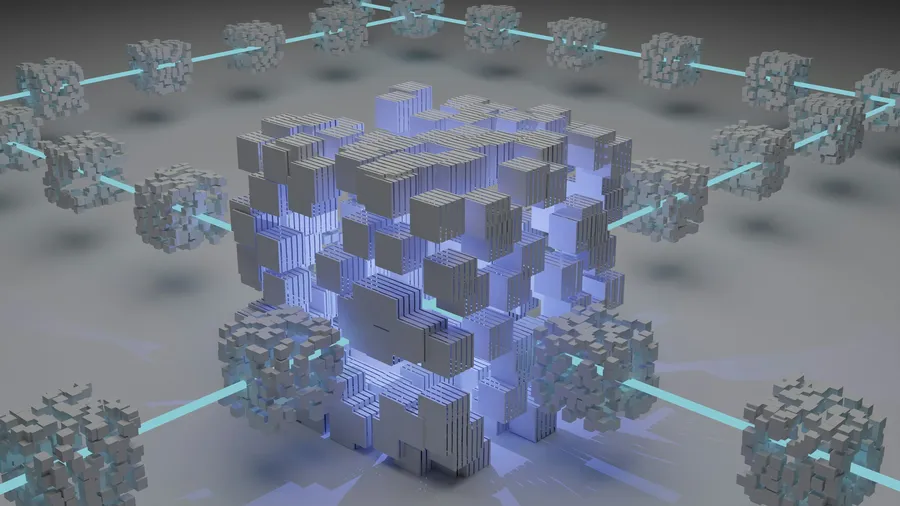What is Cryptocurrency Mining and How Does it Work? — mining, cryptocurrency mining, blockchain

Title: The Wild West of Cryptocurrency Mining: Explained, Exposed, and Warning Signs for Unsuspecting Investors
Introduction
Hey there, fellow crypto enthusiasts! I’m Valerii Wilson – a seasoned crypto security expert who has seen it all. From spectacular hacks to boneheaded bugs, I’ve been there, auditing smart contracts and picking up the pieces. Today, let’s dive into one of the most talked-about topics in this Wild West called cryptocurrency: mining.
We’ll explore what it is, how it works under the hood (no faux simplicity here), share some real-world examples to give context, and drop a few warning signs for unsuspecting investors. So buckle up as we separate facts from fiction in the world of crypto mining!
What is Cryptocurrency Mining?
Mining is like being a detective in a digital gold rush. You’re tasked with solving complex math problems that validate transactions on a blockchain network, all while creating new coins along the way. Sounds easy-peasy, right? Wrong!
Let me give you an analogy: imagine you’re playing Monopoly, but instead of using normal money, everyone uses custom-made paper bills with intricate designs. To get more bills, you need to be the first one to find hidden clues around the house—and only after convincing other players that your solution is correct. And oh yeah, there are multiple rooms with identical clues, so it’s not like you can just repeat your success!
Real-World Examples & Warning Signs
Now that we’ve got the basics down, let’s take a look at some real-world examples:
Power Consumption: Remember when crypto mining caused power blackouts in China back in 2018? Yep, all those fancy computers running 24/7 needed a lot of juice, leading to environmental concerns and economic fallout.
Centralization Risk: What happened when a few massive mining pools emerged, controlling most of the hashing power for Bitcoin? They had the ability to manipulate transactions and even perform a 51% attack—a chilling reminder that too much power concentrated in one place can spell trouble.
NFT Scams & Rug Pulls: Remember those NFTs selling like hotcakes last year? Some scammers used mining as part of their scheme, tricking people into believing they were buying unique digital artwork while secretly pumping up the price before dumping their holdings.
How Does Cryptocurrency Mining Work?
Alright, enough with the warning signs; let’s dive into the mechanics of mining. Imagine a blockchain network as an endless list where each entry (or ‘block’) contains a group of transactions. To add a new block to this list, miners compete against each other by solving complex mathematical problems—known as hashing.
Once a miner finds the correct solution (called a hash), they’re rewarded with newly minted coins and transaction fees from previous blocks. Sounds easy? Well, it isn’t. The difficulty level adjusts itself every two weeks to maintain an average block time of 10 minutes for Bitcoin or 13 seconds for Ethereum—making it virtually impossible for a single entity to control the process.
But remember, just because you win the race doesn’t mean your solution is valid. Other miners will check your work to ensure there were no errors, and if everything checks out, they’ll add the new block to the chain!
Conclusion: Proceed with Caution
There you have it—cryptocurrency mining demystified (sort of). While mining can be lucrative for those willing to put in the time, energy, and resources, it comes with significant risks. From environmental concerns and power consumption issues to centralization dangers and potential scams, it’s crucial to approach mining with caution.
Remember, folks: knowledge is your best defense in this wild frontier called cryptocurrency. So keep educating yourselves, stay vigilant, and always double-check before diving into anything new!
Now if you’ll excuse me, I have some smart contracts to audit and potentially broken systems to find—it’s all part of the thrilling world of crypto security!









